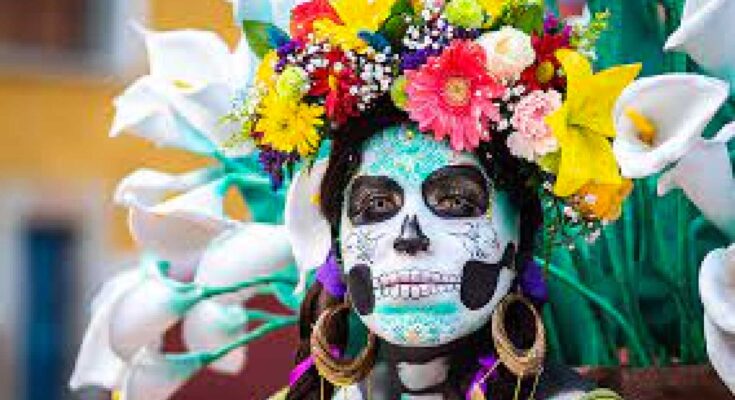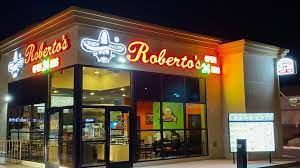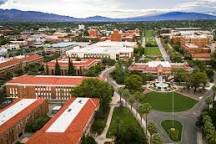If you are of Hispanic descent, or even if you aren’t, it’s likely that the “Day of the Dead” is highlighted on your kitchen calendar. Traditionally, families celebrate this holiday on November 2nd by honoring their deceased relatives, often visiting the grave of a favorite padre, abuelo or tio out of esteem respect. Sometimes the immediate family will have a little picnic at the cemetery, believing that their loved one’s spirit will join the celebration.
In case you haven’t noticed however, “Dia de los Muertos” is gradually becoming a national fiesta in the United States as well, and is recognized on both November 1st and 2nd. It’s a natural transition from Halloween, which features skulls, ghosts and all the like in a fun and festive scenario. Public relations-types picked up on this idea after the Disney animated film “Coco” was released in November 2017, which we covered in a feature story on this website (click on Films-T.V. on our homepage). It makes sense since 60 million folks of Latino heritage live in this country. And guess what? In Los Angeles, where almost half of the population is Latino (48.6 %), there have been Dia de los Muertos organized events at Hollywood’s Forever Cemetery and on Olvera Street downtown for 20 years.
SoCal celebrations in L.A. and San Diego kicked off similar parties like “Muertos Fest” in San Antonio, also a heavily Hispanic city. Then Albuquerque and its residents jumped in, then Tucson, Chicago and even New York City. The organized parades are always festive, with young people dancing in red, white and green costumes and painted faces in various skull designs. Altars decorated with flowers and bright paint are everywhere. Still, there are many conservative Mexican-Americans who fear that this deeply spiritual holiday will become too commercialized, similar to Cinco de Mayo when “gringos” party, get drunk and make fools of themselves.
“It happens with everything in this country,” says Cesareo Moreno, an employee at the National Museum of Mexican Art located in Chicago. He points out that when holidays from other cultures become popular in the United States, businesses strive to make them money making ventures.
“It becomes an excuse to sell mattresses, furniture and cars,” Moreno complains.
It’s true that the big box stores have shown a mild interest in retail merchandise geared toward Day of the Dead sales as a Halloween spinoff, with plenty of skeleton outfits for the kids. They also sell theme oriented candy and gift baskets. But even in the major urban markets, white and black America have yet to grasp the cultural significance of this holiday, at least not enough yet to fully embrace it. Meanwhile, there is excitement in the Latino communities across the nation. Colorful murals are being painted. Tattoo artists are busy creating skulls surrounded by a floral designs or other related body art on people’s arms. Everybody is ready to get into the mood of the moment.
So no worries, amigos and amigas. La Dia de los Muertos will always remain a celebration of life for our beloved family members who have gone, but their spirit remains with us. And I’m certain our friends and neighbors will respect such customs because in America, we are a melting pot of people who are united as one. At least I’d like to think that we are moving in that direction.




